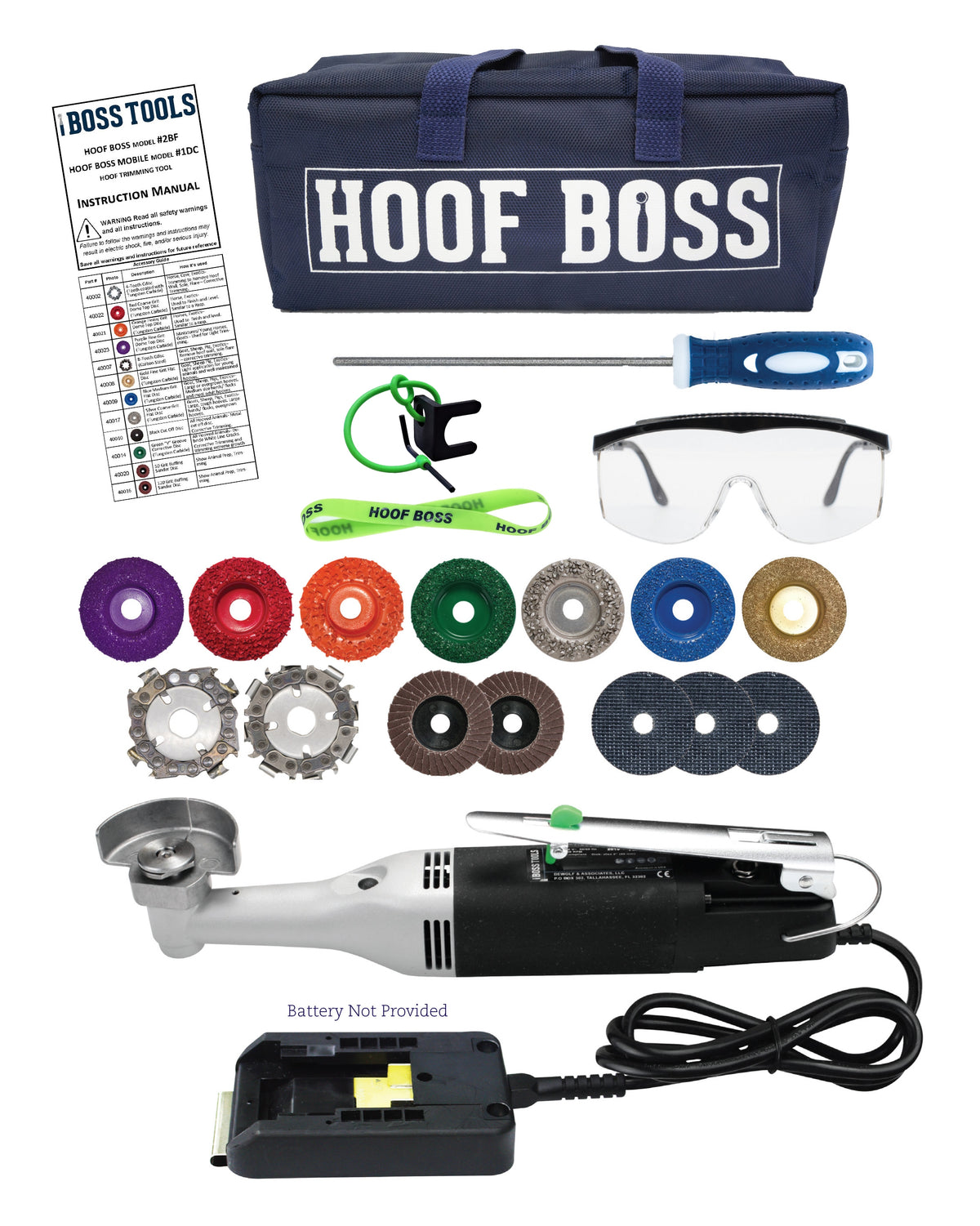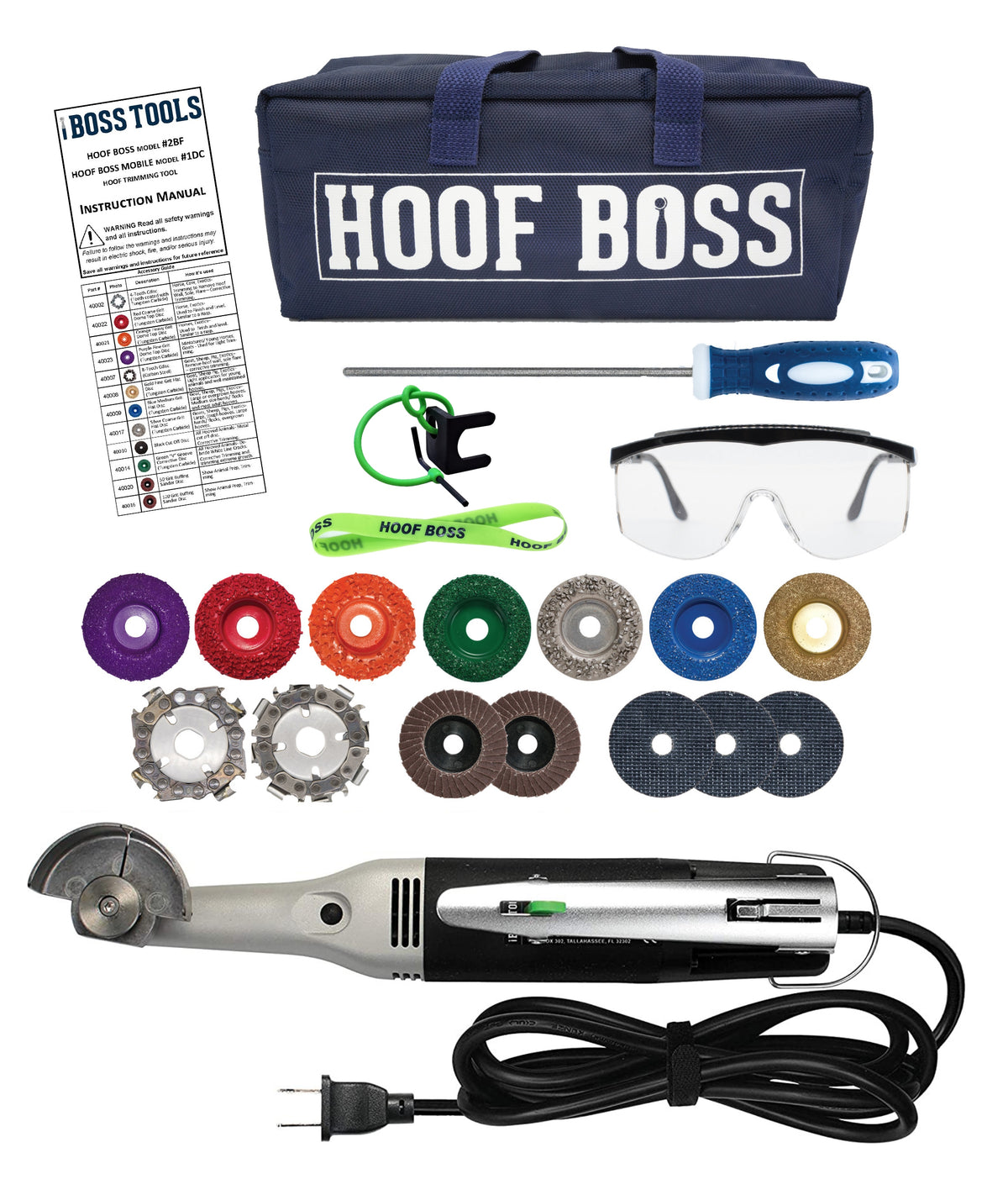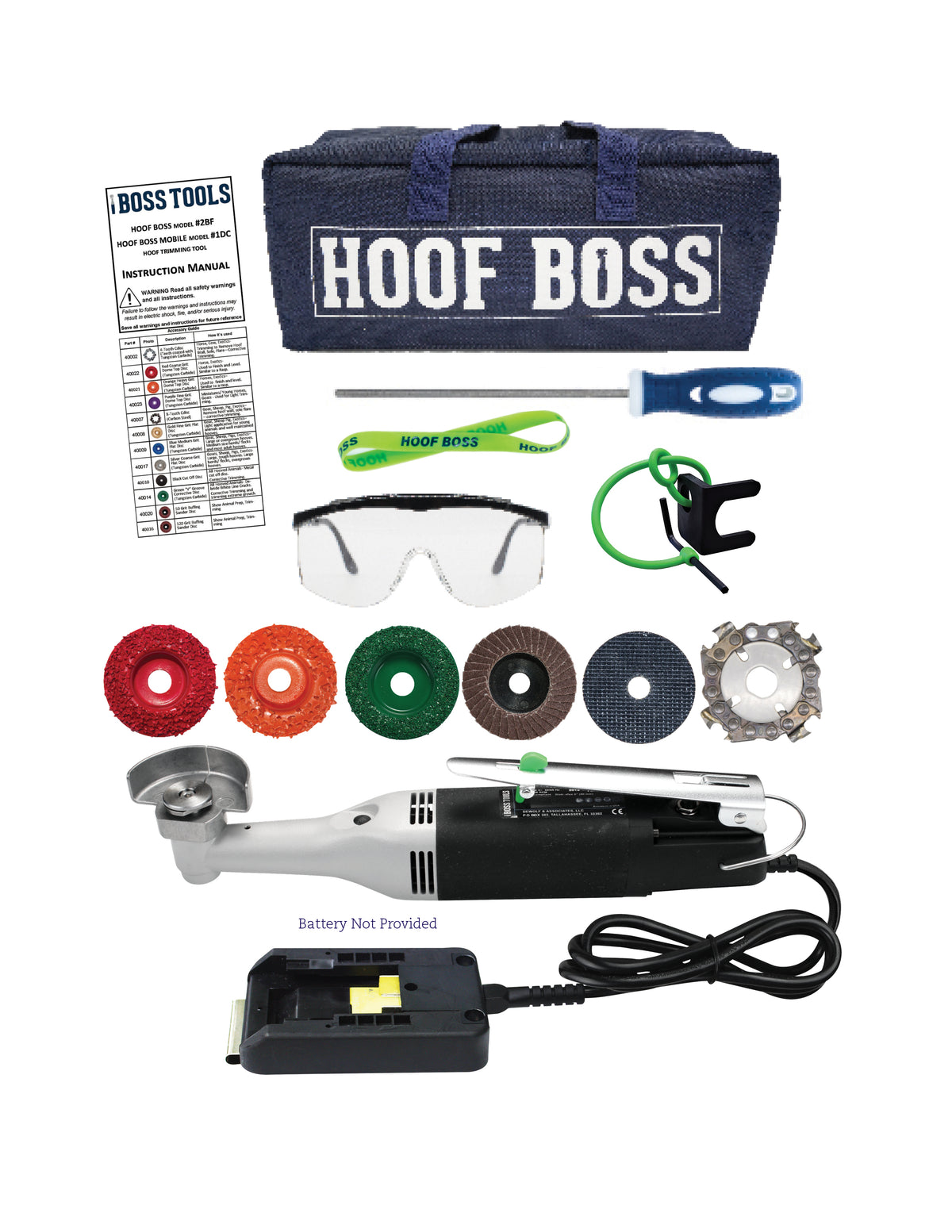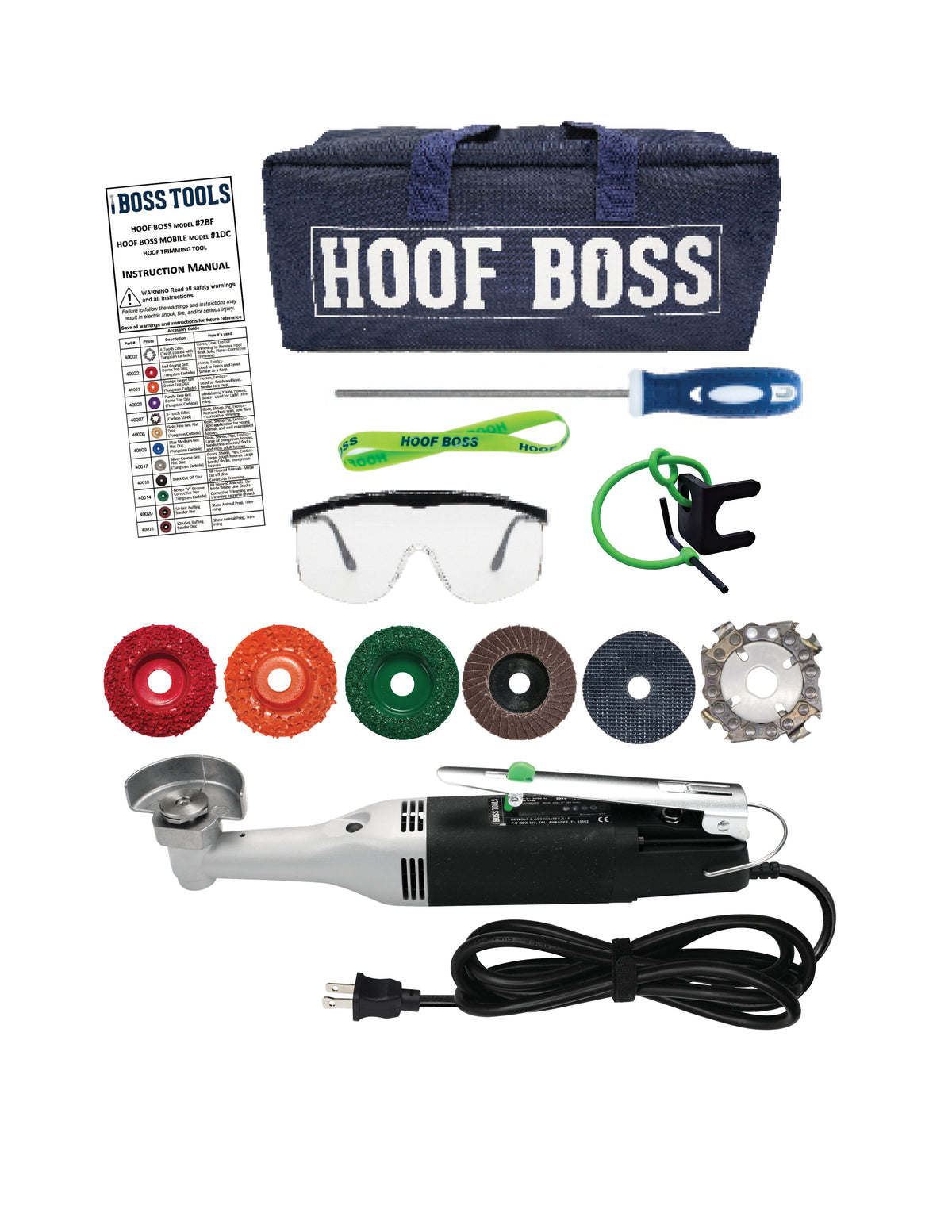Spring preparation checklist:
To make things easier, you can follow this checklist when you begin preparing your horse for the spring. By the end of it, you and your horse should be ready.
Examine hooves for growth and maintenance
Now that your horse will be on the move again, you’ll need to keep their hooves in tip-top shape. That means it might be time for a little trimming and maintenance. Horses hooves should be trimmed every six weeks. You can make it a lot easier with our complete horse hoof trimming set that has everything you need to prepare for the spring and any time of year.
Check your horse’s skin and hair
It’s easy to miss skin issues because thick winter coats are good at hiding them. Winter coats are notorious for hiding fungus, making horses uncomfortable in the warm spring weather, and winter jacketing can dry your horse’s skin. Pay special attention to the condition of your horse when you groom them in preparation for the spring.
Inspect your horse’s teeth
Checking your horse’s teeth before the spring is an often overlooked but necessary step. It’s normal for horses to shed weight during the winter, but it can also be a sign of a dental issue. If there is a dental issue, your horse won’t be able to cope with the increased physical demand of the warmer months.
Inspect your equipment
Not only is the winter hard on your horse, but it’s also hard on your equipment. Any tools left exposed to the weather are likely in need of some repair. Harsh weather could also sap batteries for electric fences or even contribute to structural damage.
Schedule a check-up
The warmer months mean the return of mosquitoes and flies. When you schedule a check-up with your local veterinarian, you may have to give your horse booster shots or vaccinations. A veterinarian could also advise you on how best to prepare your horse for the spring according to its health.
Boost nutrition
If you reduced your horse’s grain consumption during the winter, you’ll need to boost their nutrition in anticipation of the spring. When you reintroduce grain, do it slowly. A horse’s stomach was made for slow changes, and anything too abrupt won’t sit well.
Slowly reintroduce exercise
Once you are sure your horse is healthy and ready to move, you can start reintroducing exercise. Start easy and progress slowly. It will take some time for your horse to become conditioned again.
More tips and tricks with Boss Tools
By following this checklist, you’ll save yourself a lot of trouble, make your horse more comfortable, and reduce the risk for injury. Learn more about horse care by keeping up with our blog. Your horse will thank you for it.




